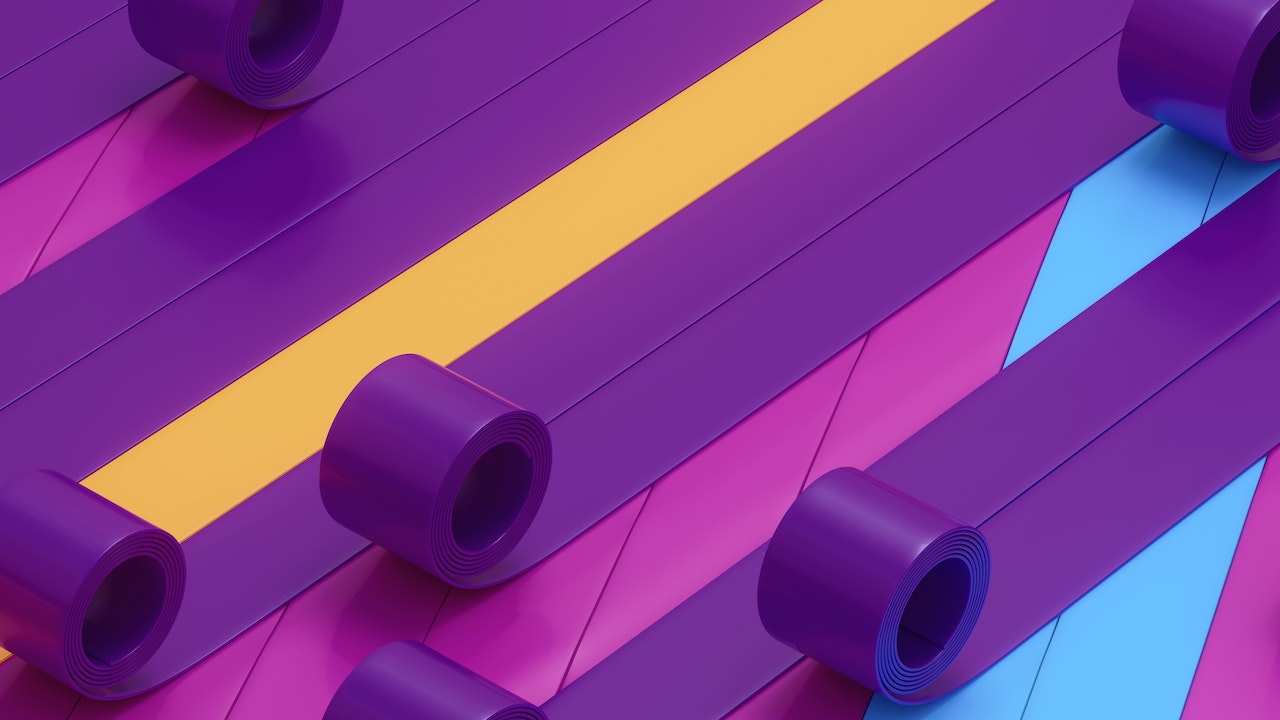What is 3D modelling and what is it used for?

Find out what 3D modelling is, what it is used for and how to learn 3D modelling.
3D modelling is used to shape many of the things we see in our everyday lives. From video games to architecture, we’ve all likely benefited from 3D modelling technology.
But what exactly is 3D modelling? What is it used for, and how does it work? Here, we explore the intricacies of 3D modelling and all of the wonderful things it is used for.
What is 3D modelling?
Let’s start with a 3D modelling definition. 3D modelling is the process of creating three-dimensional representations of an object or a surface. 3D models are made within computer-based 3D modelling software, which we’ll explore a little later.
During the 3D modelling process, you can determine an object’s size, shape, and texture. The process works with points, lines, and polygons to create the 3D shapes within the software.
How does 3D modelling work?
A 3D model is essentially made up of vertices, which come together to form a mesh and act as the core of the 3D model. Each point on the model can be manipulated to change the shape. By using coordinate data, the software identifies the location of each vertical and horizontal point, all relative to a reference point.
The most common way to begin making a 3D model is to start with a basic shape – a cube, box, sphere, or whatever you think is best suited. From your starter shape, you can start moulding and refining it into what you desire.
What is 3D modelling used for?
Many industries utilise 3D modelling for a range of projects; there are likely loads of 3D modelled items we use without even realising its involvement. With 3D modelling, the opportunities are endless. It’s a truly versatile medium that can be used for an array of different areas. Let’s explore some common uses of 3D modelling:
Game development
Perhaps the most commonly known use for 3D modelling is game development. 3D models are used to create characters, settings, props, and entire worlds within video games. The key to any good game is immersion, and 3D modelling is a great way to build immersive experiences.
3D modelling is particularly important within the world of virtual reality gaming, which is an extremely exciting sector. Virtual reality games fully immerse you in the game experience, creating entire three-dimensional worlds to dive into.
Architecture
Another common use of 3D modelling is architecture. 3D modelling lets architects plan beyond the traditional method of hand-drawn building plans. As technology has evolved, we’re now able to conjure up a three-dimensional visual of a building before it is fully built.
This is extremely useful for envisioning the final product during pitches or to other stakeholders. 3D modelling can reveal potential issues with building structures that 2D plans could not show and is key to modern building design.
Animation
Once you have a 3D model, it can be completely rigged and animated – which comes in very handy for animation. Animators use 3D models for a clean, seamless effect when creating movies and TV shows. Throughout the process, 3D modelling is used to create scenery, characters, props, and much more.
Most animated movies will utilise some kind of 3D programming software. Being able to animate isn’t exclusive to animation, however. It also comes in handy for special effects within movies, amongst other things.
If this branch of the 3D modelling world interests you, check out our Explore Animation course.
Product design
Many of the products we see around us in our day-to-day lives would have had some 3D modelling involvement. By creating a virtual 3D model of your product before it is physically created, we can pinpoint any errors and adjust the product accordingly. Even being able to see the object’s size relative to other products can make a huge difference in the production process.
It is also useful for pitching product ideas to investors, as products can be showcased at a 360-degree angle, allowing stakeholders to fully envision the final result. It’s also less wasteful than creating samples and repeatedly making mock-products, and sustainable product design is a great step in the right direction.